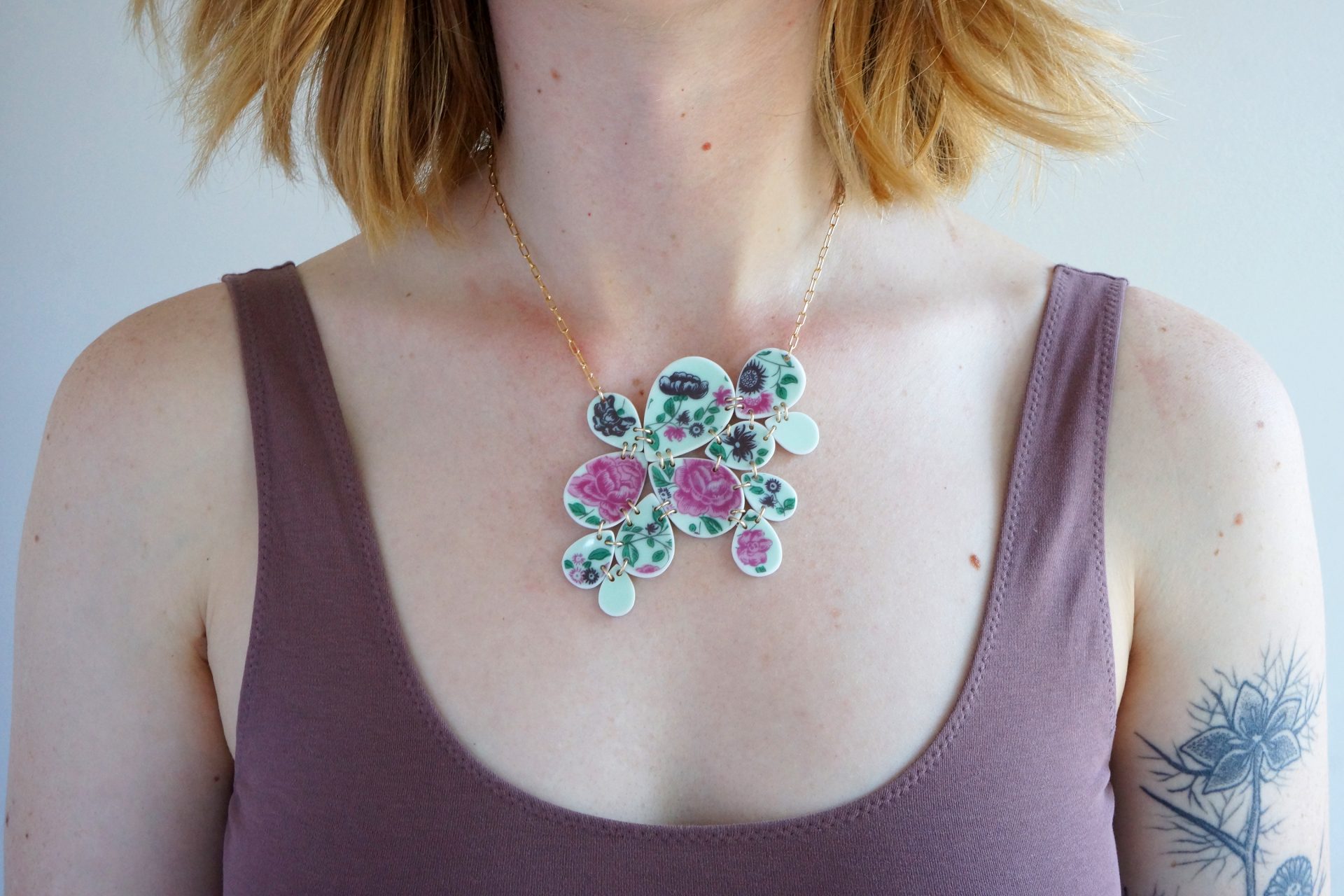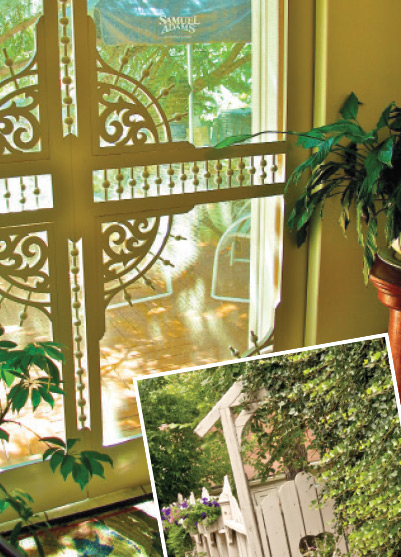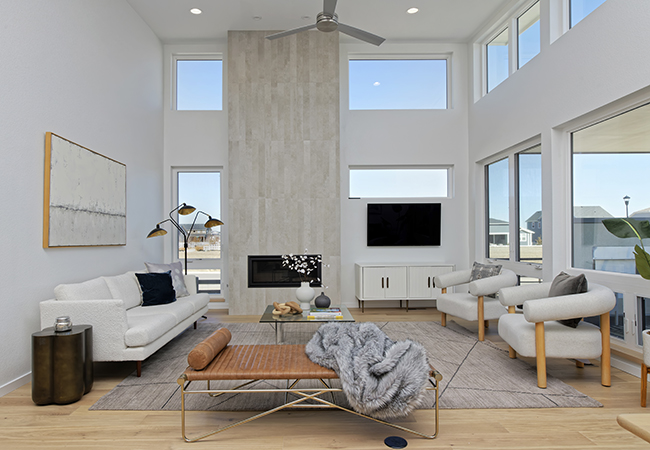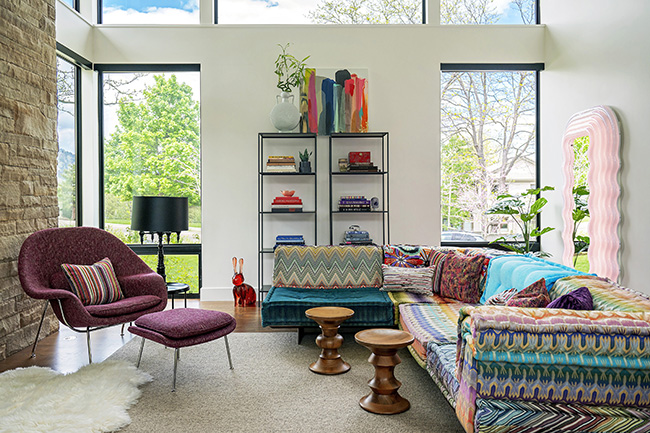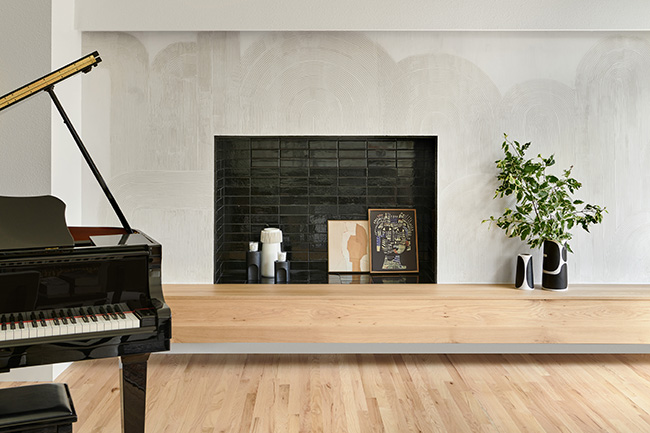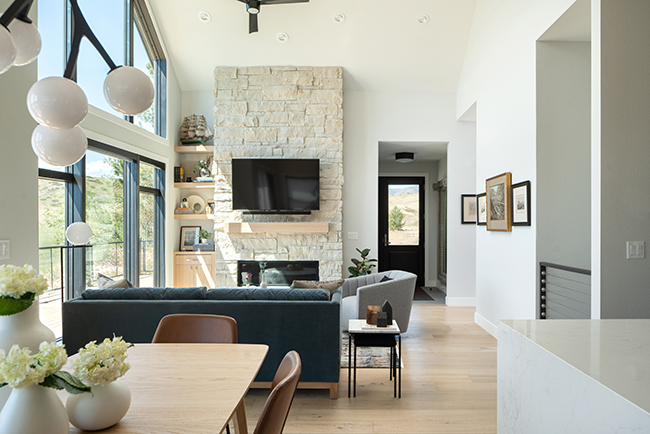Save Green by Growing Greens
26 Jan 2012
Is an energy-efficient greenhouse possible? Yes, and it’s made right here in Boulder County.
By Mark Collins Want to save on gas and food and help the environment at the same time? Consider an energy-efficient greenhouse that’s made in Boulder. It’s the middle of October, 10 days since the temperatures dropped below freezing for the first time this season. A small patch of garden in a north Boulder backyard reveals the effects of the deep freeze—large squash leaves wilted and discolored, a row of basil leaves brown as dirt. Next to the remnants of a season’s worth of growth sits a small building with cedar siding and two plain, medium-sized windows on the south side. Open the door to this mini greenhouse and it’s quickly clear that inside this structure it’s the middle of the growing season. Green peppers hang from leafy plants, aromatic green basil accents a raised planting bed, and pungent tomatoes rise up to the ceiling—all unaffected by the falling temperatures outside. “What’s been neat about it, of course, is everything in the greenhouse has been thriving, while everything in the garden has been zapped by the freeze,” says Amy Shoffner, on whose property the greenhouse sits. Ceres Greenhouse Solutions, a Boulder-based greenhouse design and construction company, created the Shoffners’ 8-by-10-foot greenhouse. If things go as planned, this greenhouse, and others built by Ceres, will continue to produce fruits and vegetables year-round while using net-zero or next-to-zero energy from sources outside the greenhouse’s own unique system. An unexpected benefit for Amy and Greg Shoffner is the keen involvement of their two young sons in the care of the greenhouse. Zach, 9, and Sam, 7, witnessed its construction, and learned about its energy-efficient features. They helped start seedlings, then watched them turn from “seeds to basil to dinner,” Amy says. “Every morning, Sam puts on his coat and shoes and goes over there and checks on the greenhouse.” One of the main reasons the Shoffners wanted a Ceres greenhouse was to produce food, and thereby buy less produce grown and shipped from hundreds or even thousands of miles away. It’s the same for Maureen Taylor, whose Ceres greenhouse sits next to her home about a mile east of the Shoffners. “I was drawn to this greenhouse because it’s energy efficient,” says Taylor, whose greenhouse was installed in January 2012. “You don’t have to heat it. You don’t have to put energy in, but you can get lots out of it.” Peek inside Taylor’s greenhouse and you won’t see the typical Colorado garden crops. Instead, it houses small banana, olive, avocado and citrus trees. “I wanted something exotic enough so I could prove that you could grow it here,” Taylor says. “Fingers crossed, I could have bananas in December.” This October, Taylor was also installing an aquaponics system in her 120-square-foot greenhouse. When finished, a medium-sized plastic fish tank will house a small school of tilapia she can harvest for meals. Taylor will plant her fruit trees into gravel beds, and a piping system will transmit water from the fish tank—richly fertilized with fish feces—into the gravel planting beds. In nearby Eldorado Springs, Brigitte and Charles Tawa hope their lemon and olive trees produce fruit in their new Ceres greenhouse once the trees mature. “We wanted a greenhouse that was in harmony with the house,” Brigitte says, ”one that didn't look like a greenhouse.” Indeed, the greenhouse’s exterior is finished in the same orange stucco as the rest of the Tawas’ home. In fact, any Ceres greenhouse can be finished to blend with an existing home. That’s a clue to one of the significant innovations Ceres developed. Traditional greenhouses are made mostly of glass or plastic in order to give plants as much sun exposure as possible. The amount of glass, or glazing, on a traditional greenhouse is typically 100 to 150 percent of the greenhouse’s square footage. That lets in light and heat, but as anyone who has a traditional greenhouse knows, it also lets out heat. Maintaining a suitable temperature in a traditional greenhouse can cost as much as $4 per square foot per year, according to some estimates, so an energy-efficient traditional greenhouse is an oxymoron.
- Clockwise from top left: The Shoffners also grow a small vegetable garden outside the greenhouse during prime season; Sam (foreground) and Zach Shoffner are learning a lot about growing food from the greenhouse; the greenhouse utilizes insulating shutters at night to keep the plants warm in winter.

- Maureen Taylor of Boulder plans to raise fish inside her Ceres greenhouse. The fish feces will fertilize her greenhouse plants. Charles and Brigitte Tawa wanted their Eldorado Springs greenhouse to blend in with their home, so Ceres finished it in the same orange adobe as their house.
Let the Sunshine In
Any backyard farmer can tell you that food-producing plants won’t prosper without enough sunlight, so Plinke came up with an ingenious way of ensuring plants inside a Ceres greenhouse receive enough sun by employing shiny reflectors on the outside of the greenhouse windows. The reflectors can be adjusted during the year, depending on the sun’s angle, to reflect light onto the greenhouse ceiling. The ceiling, painted a reflective white, shines the light downward, causing the plants to grow up toward the sky in a natural fashion, rather than lean toward the windows. At night, the windows are shuttered to help prevent heat loss. The Shoffners’ greenhouse is nearly net-zero, taking very little electrical power—and very little money—to maintain. The couple uses a 12-volt car battery to power a small fan that helps circulate air through the ground-to-air heat-transfer system, which regulates greenhouse temperature via a thermostat. Occasionally, the battery must be recharged in the family’s home with an electrical cord. But the Shoffners plan to add a small solar panel in the future to eliminate the need for any electricity in the greenhouse.
- The Aquaponic Source rigged these plant trays so that fish-poop water from this greenhouse’s fish tank can be used to fertilize the plants. Maureen Taylor counts on having bananas by Christmas, as well as avocados and citrus at some point.





